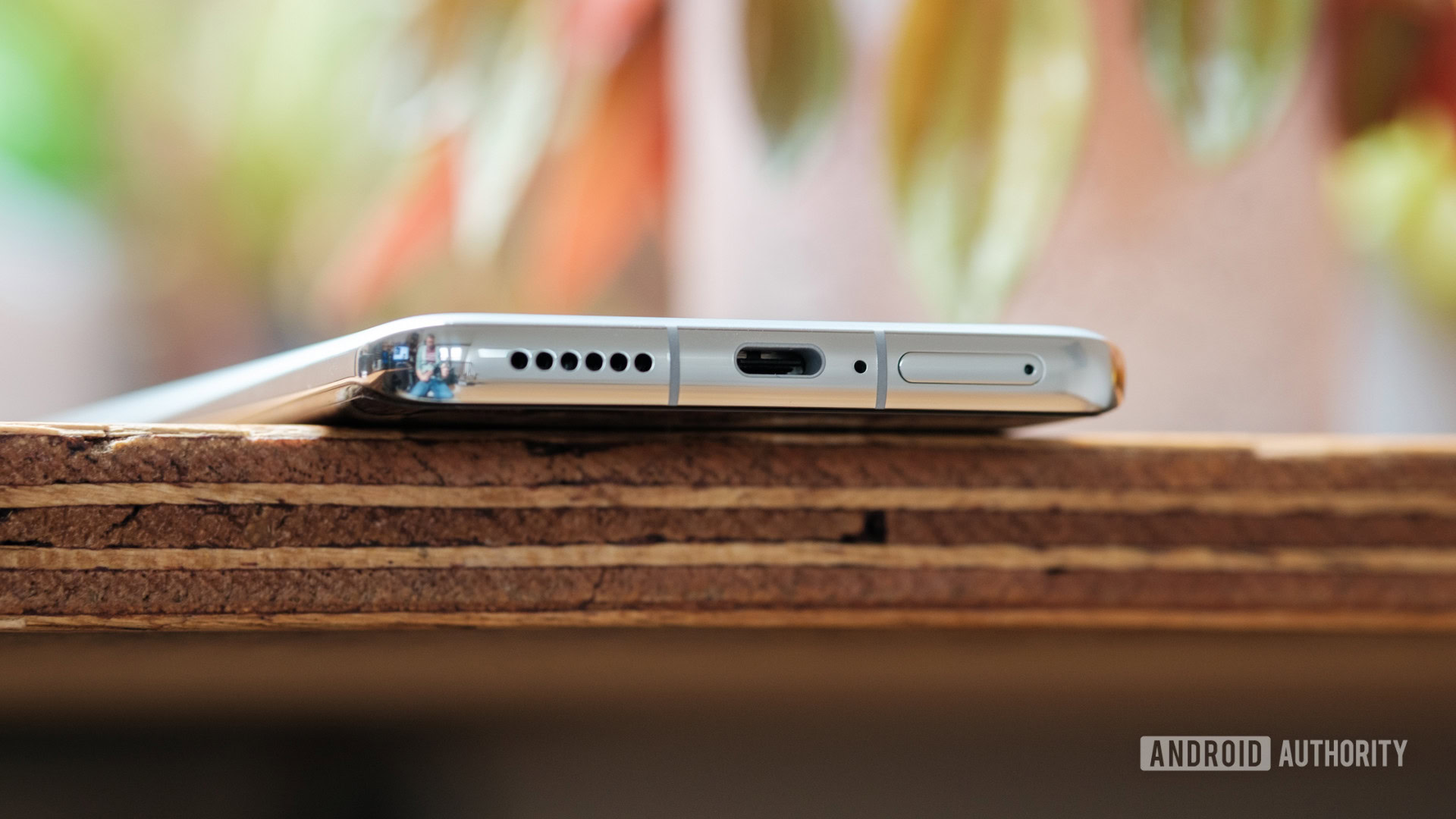Affiliate links on Android Authority may earn us a commission. Learn more.
Now world's second-largest smartphone market is standardizing USB-C charging

- Phone makers and other tech companies have reportedly agreed to switch to USB-C as a common charging standard in India.
- The decision was reached at an inter-ministerial meeting.
- Apple reportedly did not oppose the move to USB-C.
Smartphone makers and associations representing tech companies in India have reportedly agreed to adopt USB-C as a standard charging port for phones, laptops, and tablets. According to The Economic Times, government officials confirmed the agreement after an inter-ministerial task force meeting was held to discuss the issue.
Industry stakeholders, including Samsung, Apple, and PC makers such as HP, Dell, and Lenovo, were reportedly present at the meeting. An industry executive confirmed that Apple did not oppose the switch to USB-C as a common charging standard. The Cupertino phone maker stands to be one of the most affected brands when USB-C becomes mandatory. Its phones and some iPads currently rely on the proprietary Lightning port, and a chunk of the company’s revenue also comes from selling Lightning accessories.
There is no confirmed timeline for when India will mandate USB-C across devices, but an anonymous industry executive said it would happen after the change takes effect in Europe.
Last month, The European Council gave final approval to its common charging initiative. It requires all electronic devices to adopt USB-C charging by the fall of 2024 in an effort to reduce e-waste and help consumers save money. Laptops have been given an extended deadline to adopt the standard by spring 2026.
The implications of India following in the footsteps of Europe to require USB-C charging across devices can be pretty significant. It’s the world’s second-largest smartphone market, so if the country standardizes the charging port, it could reduce the chances of region-specific charging differences.
That said, there’s still time for the EU mandate to take effect. We’ll have to wait and watch how it all pans out and if more countries follow suit to join the common charger initiative.